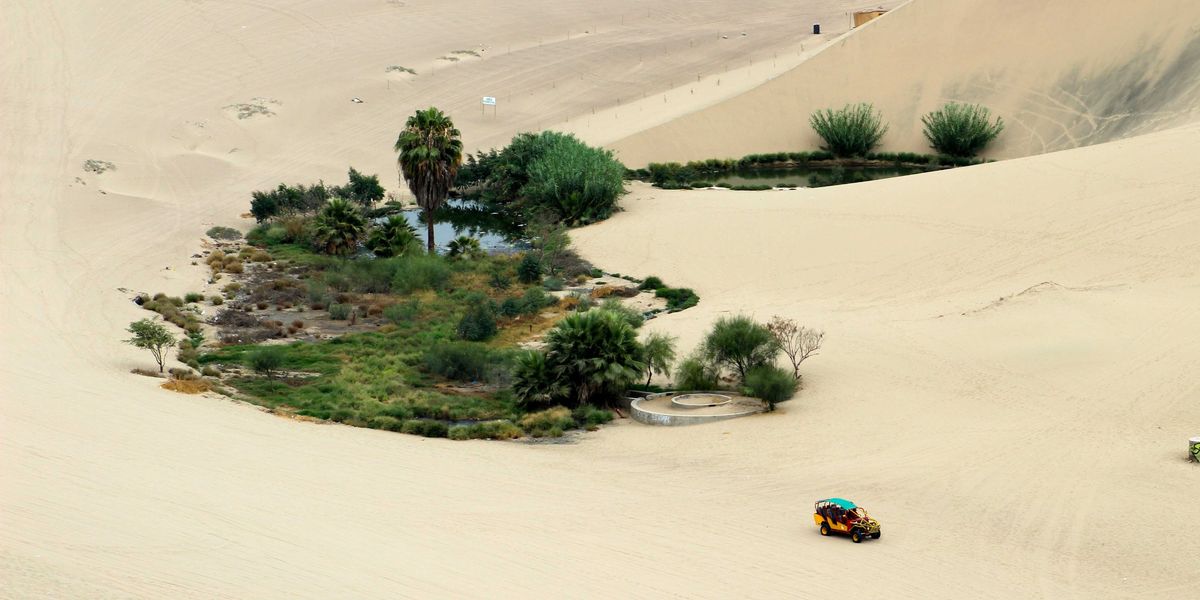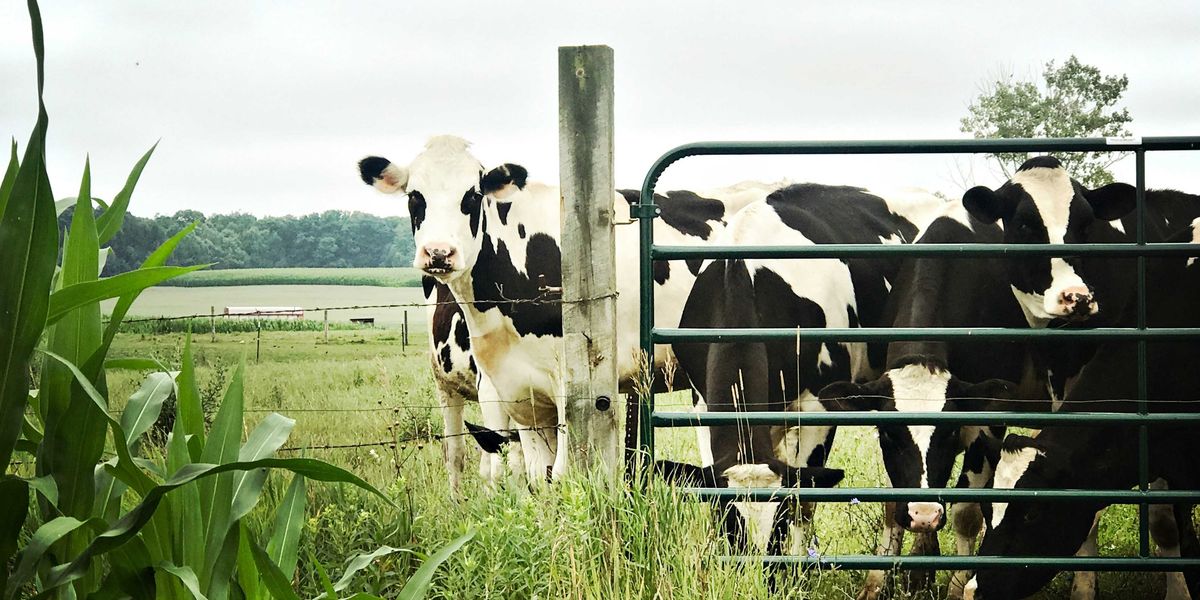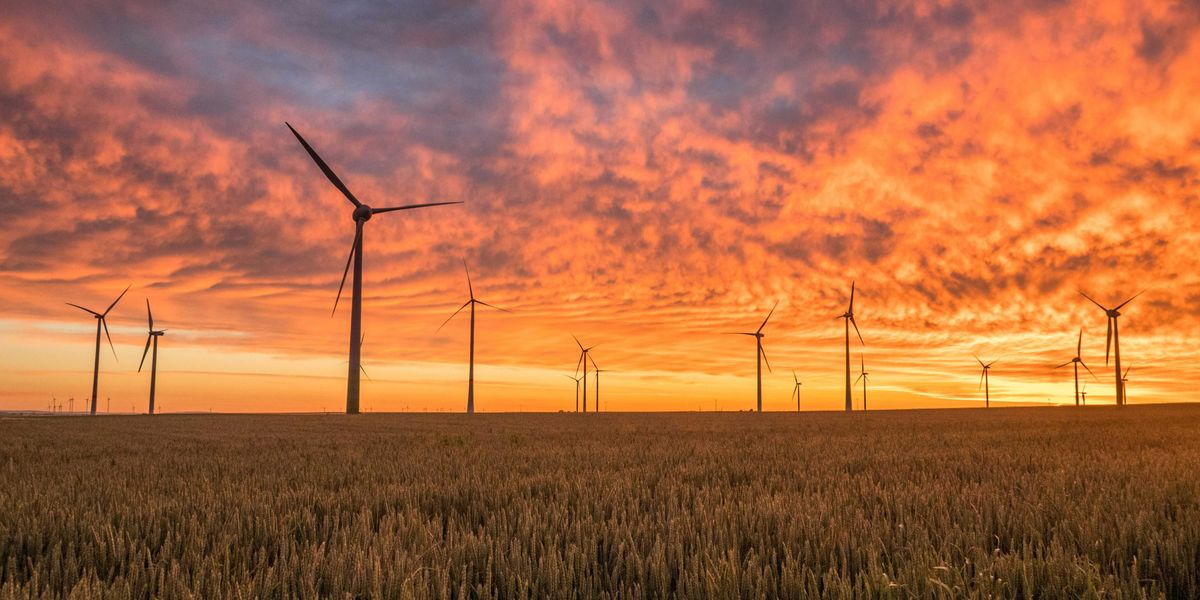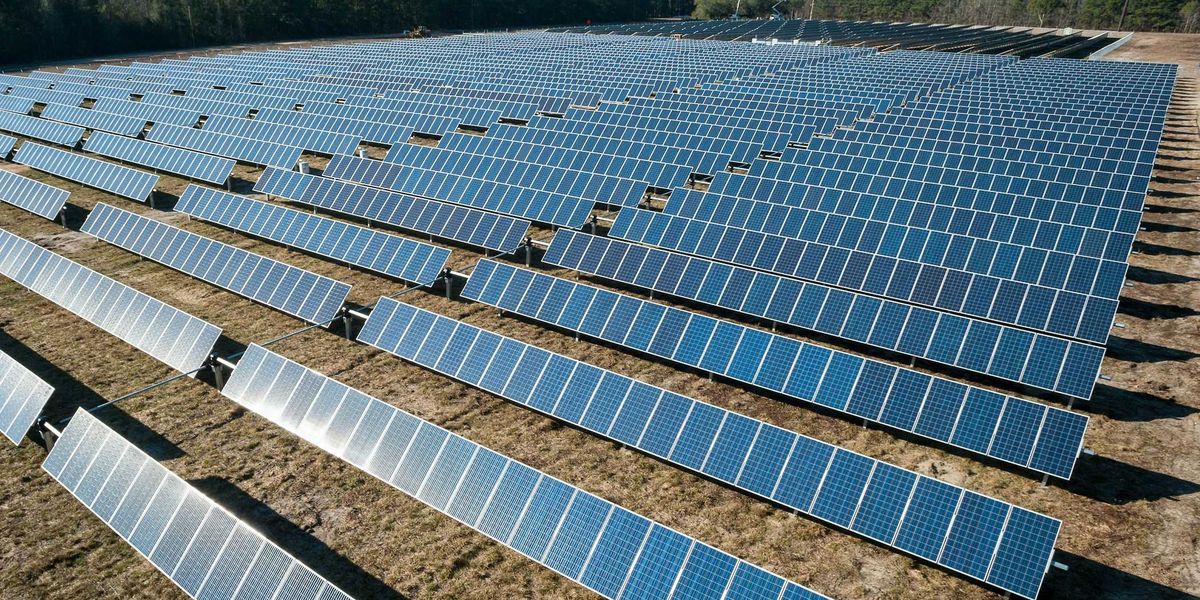Trump administration accelerates logging in Black Hills, raising alarms over tribal rights and forest health
A sweeping federal directive to fast-track logging across most of the Black Hills has sparked outcry from Indigenous leaders, scientists, and environmental groups who say it threatens forest integrity, tribal sovereignty, and endangered species.
Anya Kamenetz reports for Grist.
In short:
- A March 2025 executive order and an April U.S. Department of Agriculture (USDA) directive aim to expand logging in nearly 60% of the Black Hills National Forest, citing wildfire risk, while curtailing environmental review processes.
- Critics argue the move undermines a 2023 federal-tribal agreement and ignores the ecological fragility of an already overcut forest that has yet to recover from past climate-related beetle infestations and fires.
- Though the directive is framed as a timber production boost, data shows that large, marketable trees are increasingly scarce, making expanded logging both ecologically damaging and economically questionable.
Key quote:
“Our lifetime is shorter than the life of a forest. It’s spoken of as a renewable resource, but it’s such a long-term thing that in some ways, it’s not.”
— Mary Zimmerman of The Norbeck Society, a volunteer conservation group
Why this matters:
The Black Hills hold deep ecological and cultural significance. Long stewarded by Indigenous nations like the Lakota, who call the land Pahá Sápa, the forest is a living archive of centuries-old trees, wildlife habitats, and sacred sites. Fast-tracking industrial logging under the guise of wildfire prevention risks undoing decades of conservation and erasing tribal management practices rooted in ecological balance. While the Trump administration frames the policy as necessary for forest health and economic growth, many experts warn it prioritizes industry over sustainability, bypassing environmental oversight and violating prior commitments to tribal co-management.
Related: Trump order accelerates logging, raising climate and wildfire concerns













